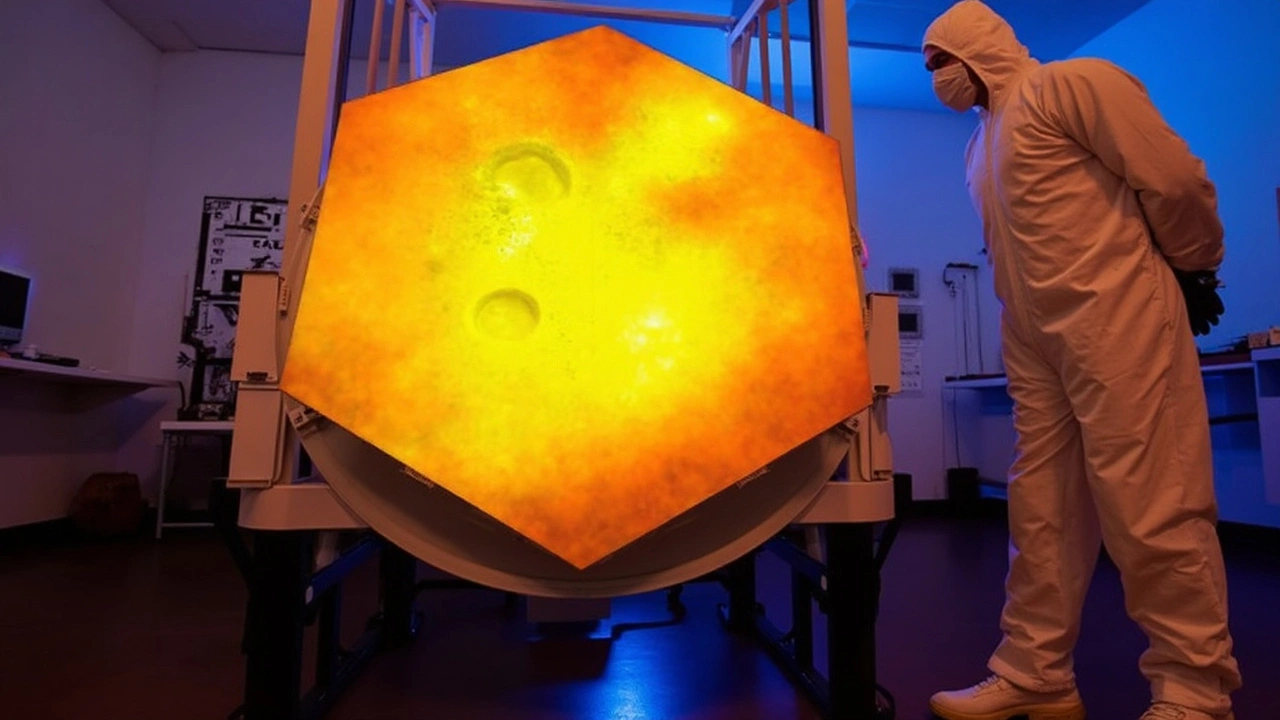Hold onto your telescopes, because the search for extraterrestrial life might just have taken a giant leap forward. Scientists have picked up hints of what could be life on a distant exoplanet, sitting a cool 124 light-years from our home planet. This discovery was made possible by the eye-popping capabilities of the James Webb Space Telescope (JWST). Imagine sifting through the cosmic soup of atmospheric compositions and light spectra to uncover the breadcrumbs of life—that's precisely what these scientists have achieved.
A Glimpse Through the Cosmic Window
The big news broke on April 17, 2025, leaving the scientific community abuzz with excitement. Thanks to the JWST's cutting-edge spectroscopic technology, researchers detected some signals pointing toward biological activity. No, it's not little green men waving back at us, but possible organic compounds or unusual atmospheric conditions. It's the kind of stuff that keeps astrobiologists up at night, pondering the “what ifs” of the universe.
Now, it's essential to stay grounded—these findings aren't a “Welcome to the Galactic Club” invitation just yet. Think of it as a teaser trailer in the search for life beyond Earth. The signals picked up are promising, but they're more like an intriguing lead in a cosmic detective story than a solved case. Scientists need to roll up their sleeves and dig deeper into the data before they pop the champagne.

The Larger Picture
This isn't just another headline-grabber. It's part and parcel of decades of exploration and study aimed at uncovering life in the universe. The concept of life beyond our blue and green rock has captivated human curiosity for as long as we’ve been gazing up at the stars. The potential realization of these signs revives public and scientific fervor, as we inch closer to possibly answering humanity's oldest question: Are we alone in the universe?
Details about the specifics of these atmospheric clues are still being unraveled, so stay tuned. Night owls everywhere, especially in the circle of astronomy buffs, will be paying close attention as this story develops. If further analysis confirms these initial findings, it could rewrite how we think about life in the universe—and spark celebrations in labs across the globe. In the meantime, astronomers and scientists will keep their eyes peeled for more paths to explore in this exciting chapter of cosmic discovery.
